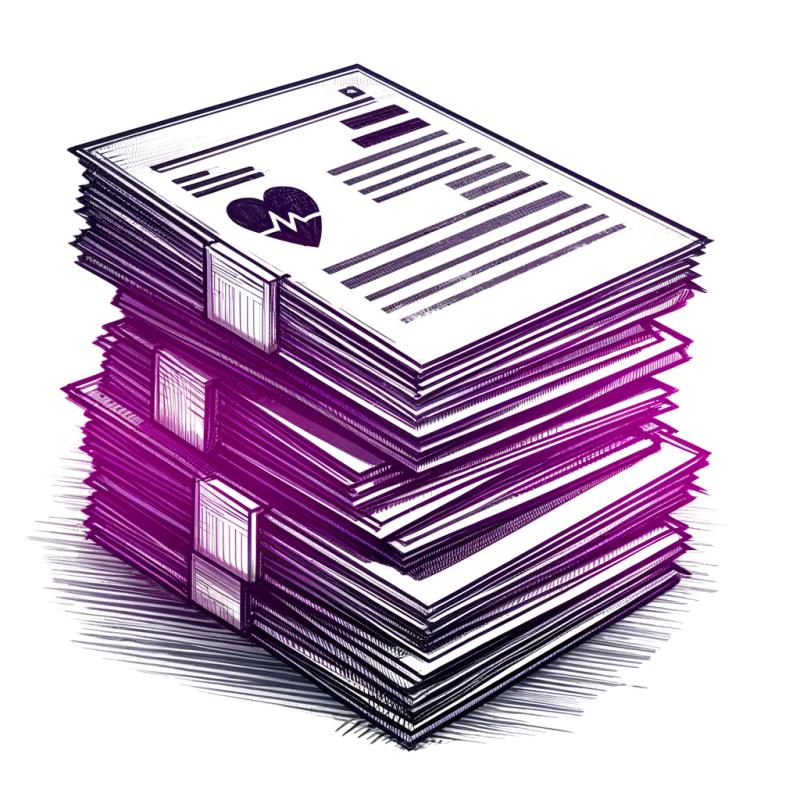
Security News
tea.xyz Spam Plagues npm and RubyGems Package Registries
Tea.xyz, a crypto project aimed at rewarding open source contributions, is once again facing backlash due to an influx of spam packages flooding public package registries.
ssh_jump_hive is a tools could jump the jump machine to connect hive get hive data to pandas dataframe
Readme
https://github.com/mullerhai/sshjumphive
Note: this repo is not supported. License is MIT.
..
image:: ssh_jump_hive.jpg
.. image:: https://github.com/mullerhai/sshjumphive/blob/master/img/logo.jpeg
.. contents::
: pip install -U ssh-jump-hive [Now Version is 0.3.5]
- python Version >= 3.5
- sasl>=0.2.1
- thrift>=0.11.0
- thrift-sasl>=0.3.0
- paramiko>=2.4.1
- selectors>=0.0.14
: jumps - default param : parameter: - @click.option('-jh', '--jumphost', default="", help='Jump Gateway Server host 跳板机ssh 主机名, 默认117.48.195.186') - @click.option('-jp', '--jumpport', default=2222, help='Jump Gateway Server port跳板机ssh登录端口号, 默认2222') - @click.option('-ju', '--jumpuser', default='dm', help='Jump Gateway Server login user 跳板机 ssh登录用户名') - @click.option('-jpd', '--jumppwd', default="", help='Jump Gateway Server login user password 跳板机登录用户密码') - @click.option('-th', '--tunnelhost', default='172.16.16.32', help='ssh-tunnel 隧道 host ') - @click.option('-tp', '--tunnelappport', default=10000, help='ssh-tunnel Application port隧道 目标程序的端口号 默认为 hive 10000 ') - @click.option('-lh', '--localhost', default='127.0.0.1', help='localhost本机 host ,默认127.0.0.1 ') - @click.option('-lp', '--localbindport', default="4230", help='localbindport 本机 被绑定的端口号') - @click.option('-dt', '--daemonsecond', default="21600", help='ssh_tunnel_daemon_session_hold_on_second six hours, ssh 隧道 后台线程 保持时间 默认为六小时')
.. image:: https://github.com/mullerhai/sshjumphive/blob/master/img/runshell.jpeg
: jumpgui - you will see the GUI like this .. image:: https://github.com/mullerhai/sshjumphive/blob/master/img/rungui.jpg
.. image:: https://github.com/mullerhai/sshjumphive/blob/master/img/SSH_Tunnel_mac.jpg
Note that ssh_jump_hive is an tools can jump the jump machine to connect hive get hive data to pandas dataframe:
if you want to use it ,you need to know some things for example these parameters [ jumphost,jumpport,jumpuser,jumppwd,tunnelhost,tunnelAPPport,localhost,localbindport] for hive server you also need to know params [localhost, hiveusername, hivepassword, localbindport,database, auth] for query hive data you need to know params [ table, query_fileds_list, partions_param_dict, query_limit]
if your hive server has jump server separete, you need do like this [ :: from ssh_jump_hive import Jump_Tunnel_HIVE import pandas as pd ## get hive_tunnel_client_session def gethive(): jumphost = '117.***.176' jumpport = 2222 jumpuser = 'dm' jumppwd = '&&&&&&' tunnelhost = '172..16.32' tunnelhiveport = 10000 localhost = '127.0.0.1' localbindport = 4800 username = 'muller' auth = 'LDAP' password = "abc123." database = 'fkdb' table = 'tab_client_label' partions_param_dict = {'client_nmbr': 'AA75', 'batch': 'p1'} query_fileds_list = ['gid', 'realname', 'card'] querylimit = 1000 jump = Jump_Tunnel_HIVE(jumphost, jumpport, jumpuser, jumppwd, tunnelhost, tunnelhiveport, localhost, localbindport, username, password) return jump
def demo1(): table = 'tab_client_label' partions_param_dict = {'client_nmbr': 'AA75', 'batch': 'p1'} query_fileds_list = ['gid', 'realname', 'card'] querylimit = 1000 jump=gethive() df2=jump.get_JumpTunnel_df(table,partions_param_dict,query_fileds_list,querylimit) return df2 ## query all fileds by table name and partitions params def demo2(): table = 'tab_client_label' partions_param_dict = {'client_nmbr': 'AA75', 'batch': 'p1'} jump =gethive() df2 = jump.get_JumpTunnel_table_partitions_df(table,partions_param_dict,1000) return df2 ## use hsql to query data def demo3(): jump = gethive() hsql="select * from fkdb.tab_client_label where client_nmbr= 'AA75' and batch= 'p1' limit 500" df2=jump.get_JumpTunnel_hsql_df(hsql) return df2 ## initail the instance to query df3=demo2() print(df3.shape) print(df3.columns) print(df3.head(100)) ]
UNet network with batch-normalization added, training with Adam optimizer with a loss that is a sum of 0.1 cross-entropy and 0.9 dice loss. Input for UNet was a 116 by 116 pixel patch, output was 64 by 64 pixels, so there were 16 additional pixels on each side that just provided context for the prediction. Batch size was 128, learning rate was set to 0.0001 (but loss was multiplied by the batch size). Learning rate was divided by 5 on the 25-th epoch and then again by 5 on the 50-th epoch, most models were trained for 70-100 epochs. Patches that formed a batch were selected completely randomly across all images. During one epoch, network saw patches that covered about one half of the whole training set area. Best results for individual classes were achieved when training on related classes, for example buildings and structures, roads and tracks, two kinds of vehicles.
Augmentations included small rotations for some classes
(±10-25 degrees for houses, structures and both vehicle classes),
full rotations and vertical/horizontal flips
for other classes. Small amount of dropout (0.1) was used in some cases.
Alignment between channels was fixed with the help of
cv2.findTransformECC, and lower-resolution layers were upscaled to
match RGB size. In most cases, 12 channels were used (RGB, P, M),
while in some cases just RGB and P or all 20 channels made results
slightly better.
Validation was very hard, especially for both water and both vehicle classes. In most cases, validation was performed on 5 images (6140_3_1, 6110_1_2, 6160_2_1, 6170_0_4, 6100_2_2), while other 20 were used for training. Re-training the model with the same parameters on all 25 images improved LB score.
FAQs
ssh_jump_hive is a tools could jump the jump machine to connect hive get hive data to pandas dataframe
We found that ssh-jump-hive demonstrated a healthy version release cadence and project activity because the last version was released less than a year ago. It has 1 open source maintainer collaborating on the project.
Did you know?

Socket for GitHub automatically highlights issues in each pull request and monitors the health of all your open source dependencies. Discover the contents of your packages and block harmful activity before you install or update your dependencies.

Security News
Tea.xyz, a crypto project aimed at rewarding open source contributions, is once again facing backlash due to an influx of spam packages flooding public package registries.

Security News
As cyber threats become more autonomous, AI-powered defenses are crucial for businesses to stay ahead of attackers who can exploit software vulnerabilities at scale.

Security News
UnitedHealth Group disclosed that the ransomware attack on Change Healthcare compromised protected health information for millions in the U.S., with estimated costs to the company expected to reach $1 billion.